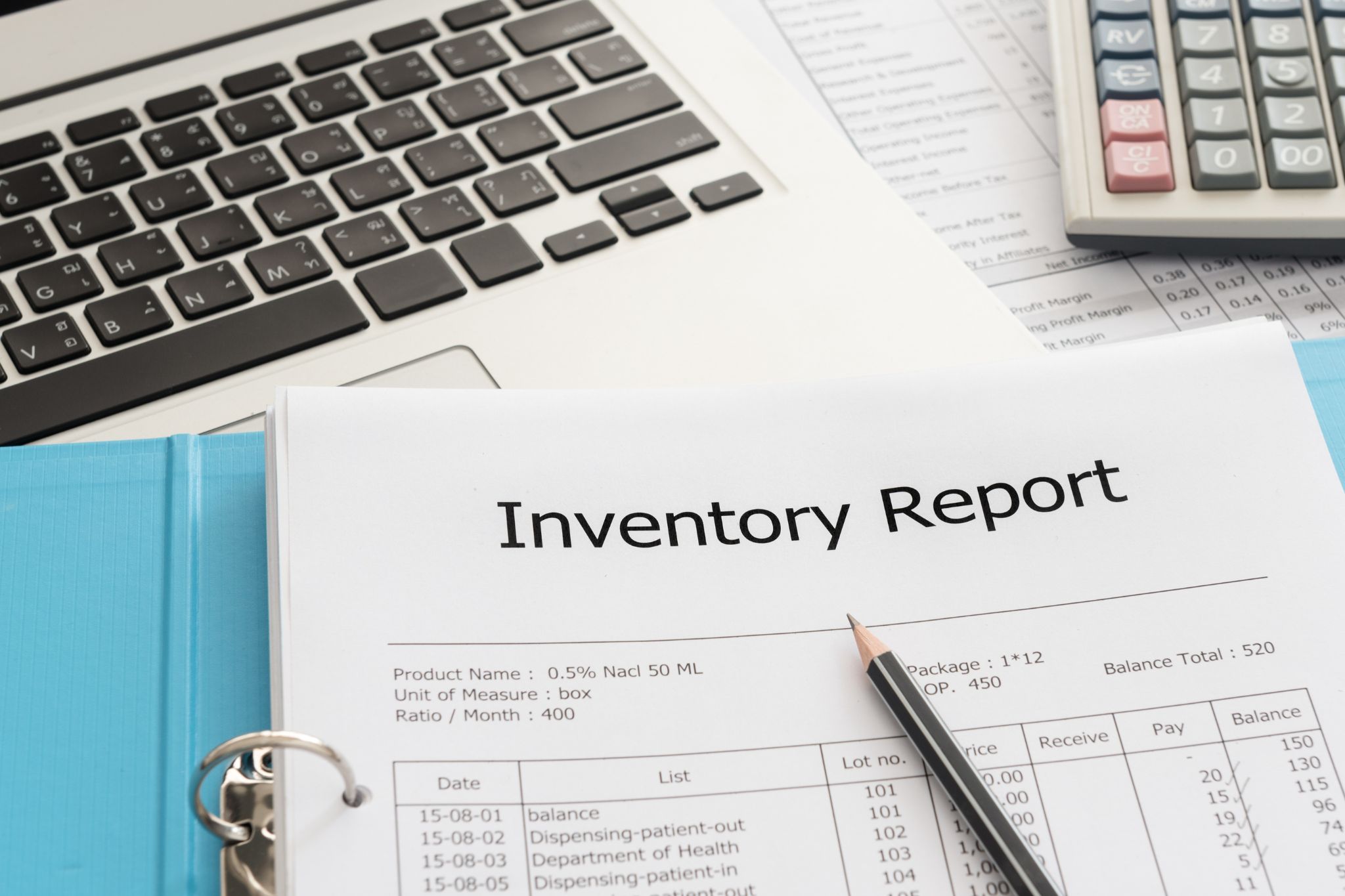
Sales returns or purchase returns, as the name implies, is a product returned by a customer either for a refund or exchange. There are several reasons why this might occur. Perhaps the customer:
- Bought more than he/she needed
- Purchased the wrong item
- Received a damaged or wrong item
- Found a better deal elsewhere
There are several ways to address this issue. You might offer store credit as an exchange, offer free returns, accept returns only with a receipt, or you could charge a restocking fee. It is important to state all pertinent information on your company return policy to avoid customers from taking advantage of your business.
How to Account for Sales Return?
To systematically account for sales returns, you will need to create separate journal entries for them. Keep in mind that your sales returns account is a contra revenue account or an account opposite the revenue account from the original purchase.
The journal entry for sales returns varies depending on how the buyer initially purchased the item and on how you plan to reimburse the customer according to your return policies.
All sales returns will be marked as a debit in your journal entry, regardless of whether it was originally paid using cash or store credit. Now for the reimbursement, it will always be marked as a credit but accounted differently:
| Initial Payment | Type of Reimbursement | Account as |
| Cash | Cash Refund | Cash |
| Cash | Store Credit | Accounts Payable |
| Store Credit | – | Accounts Receivable |
What is a Damaged Inventory?
Damaged inventory pertains to the damaged items or goods. It is important to check items right away upon delivery to your warehouse. Items damaged in transit can be returned to the supplier for full credit or refund.
However, once the items have been safely delivered to your warehouse, the supplier is no longer accountable for any future damages. Items get damaged while in storage, on the production lines, or due to your store customer’s carelessness.
Regardless of the reason, damaged items should be reported and placed in a designated area upon discovery.
How to Account for Damaged Inventory?
Based on general accounting principles, the value of the damaged inventory must be written off shortly after the loss. It is at the end of an accounting cycle that this value is calculated then accounted as a loss.
However, the damaged inventory should not be valued at its original purchase price. Instead, it should be valued at the lower margin of the fair market value or the value at which the same inventory is currently sold.
No matter how careful you are with the items you are selling and how great your products are, you are bound to incur loss from damaged inventory and sales returns at some point. Accounting for this can be confusing at first, but there’s no need to worry. You can contact or hire an E-Commerce Accountant for all your accounting needs.



